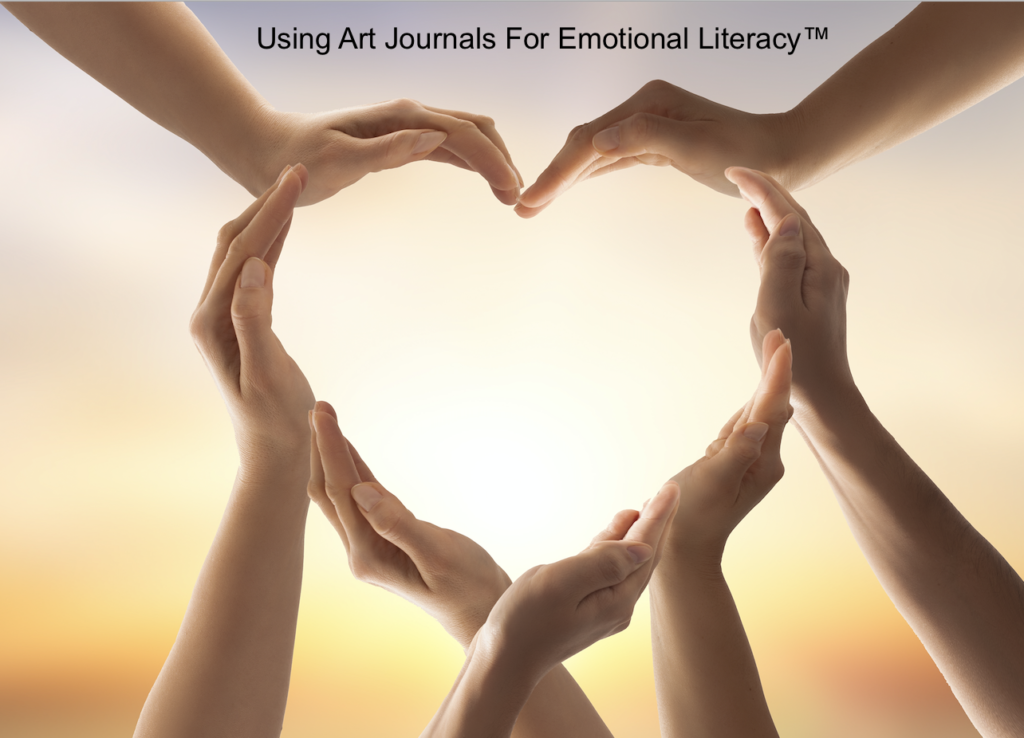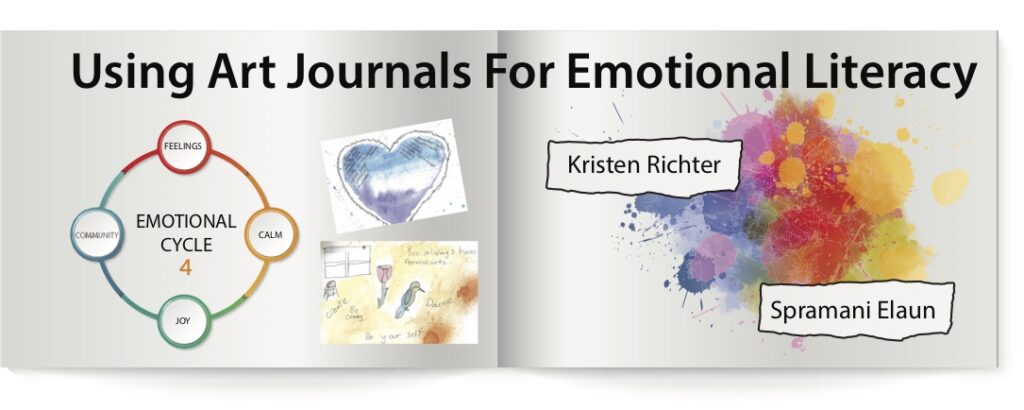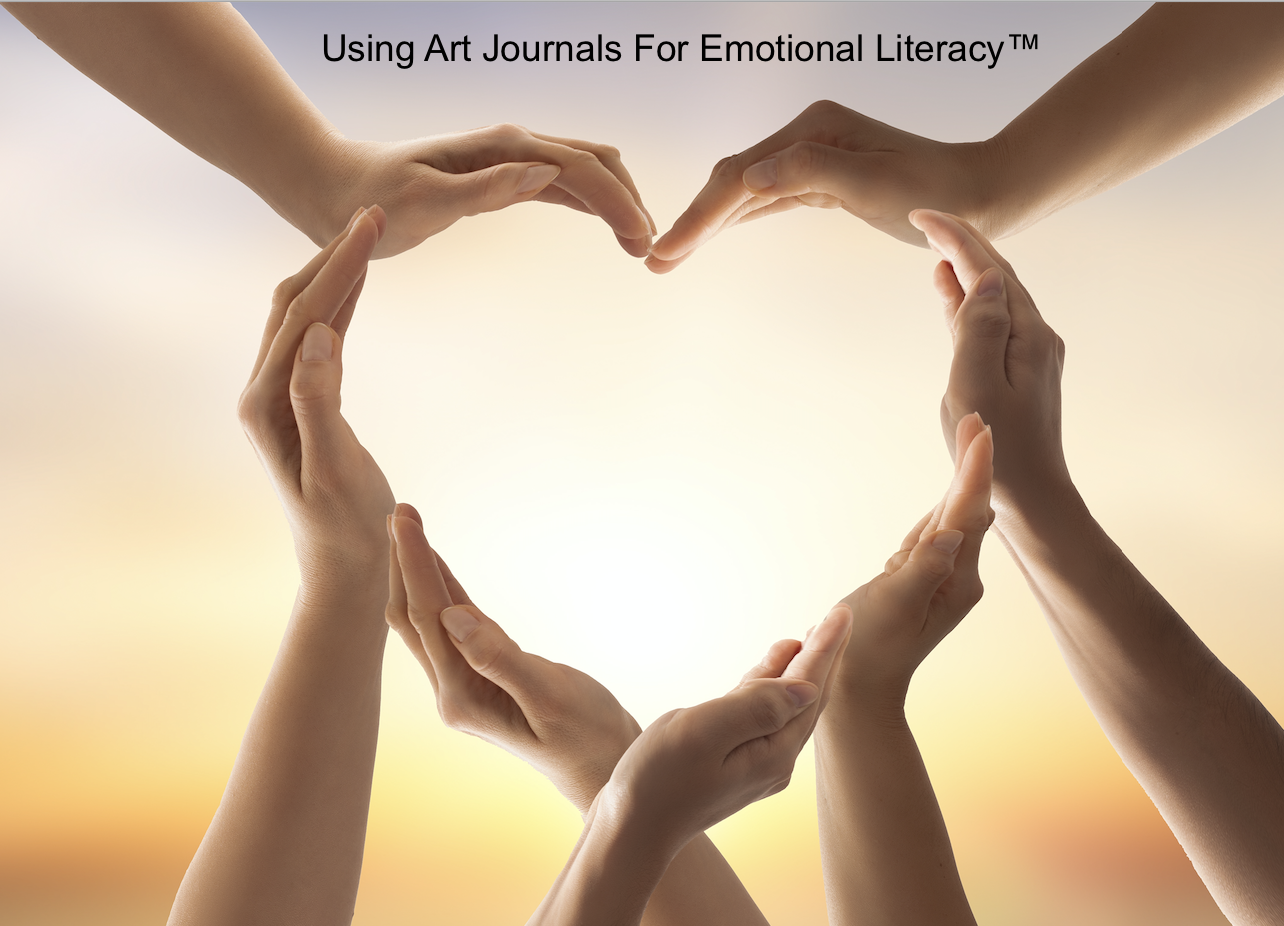It can be hard for children to understand their feelings, and even more difficult to communicate them. As a teacher, you can help students identify their changing feelings, and more importantly, open the door to developing emotional literacy. Current research supports that helping children develop emotional literacy aids in overall mental and physical wellbeing.

Emotional literacy is among the top skills we should be focusing on in this 21st century climate—especially during our current global social and moral crises. Teaching emotional literacy in the classroom leads to discussions, children listening to others’ feelings, developing empathy for one another, and improvements in our students’ overall community relationships.
What is emotional intelligence?
The concept of emotional intelligence first appeared as part of psychologist Edward Lee Thorndike’s “social intelligence” theory, in 1920. However, the worldwide movement of emotional intelligence was started by Peter Salovey, an American social psychologist and current President of Yale University, and John D. Mayer, an American psychologist at the University of New Hampshire. Their research on cognition and emotions was first published in the scholarly journal, Imagination, Cognition, and Personality on March 1, 1990. Dr. Daniel Goleman, author and science journalist, was inspired by this article and went on to publish his research in a book called Emotional Intelligence: Why It Can Matter More Than IQ. Goleman’s idea that “emotional intelligence can help people make better decisions,” has been printed more than a million times in 30 different languages! It’s now considered the foundation for identifying emotional intelligence.
Goleman’s research identifies five main domains of emotional intelligence:
- Self-awareness (knowing one’s emotions)
- Self-regulation (managing emotions)
- Motivation (motivating oneself)
- Empathy (recognizing emotions in others)
- Social skills (handling relationships)
Goleman, Salovey, and other leaders in the field shared practices and current research at the 5th annual NexusEQ Conference, in Holland in 2005; “Leading with Emotional Intelligence: Tools and Wisdom for a Sustainable World” featured speakers from 19 other countries. This conference gave organizations and schools the framework to start teaching emotional literacy.

What is emotional literacy?
Then we have the idea of “emotional literacy,” which was coined by Claude Steiner, a French-American psychotherapist and writer, in his publication Healing Alcoholism (1979). Emotional literacy, as defined by Steiner, places an emphasis on the emotions of love, cooperation, and common good, which according to Steiner, is often overlooked in emotional intelligence work. He goes on to further define it as a “practice of specific transactional exercises which target the awareness of emotion in ourselves and others, the capacities to love others and oneself while developing honesty, and the ability to take responsibility for our actions.”
Steiners publication, Emotional Literacy: Intelligence with a Heart, goes on to dig deep into essential assertions. According to the book, emotional literacy is:
- A love-centered emotional intelligence
- Loving oneself and others
- Being loved by oneself and others
- Developing the capacity of loving and accepting love
In our work at Using Art for Emotional Literacy, we have used these terms interchangeably, and have combined all the various definitions and approaches to further define and solidify our mission to help teachers and parents guide young students as they grow in their emotional literacy and develop empathy for others. Knowing that this work is essential in the classroom (or home), is just the beginning of a life-long journey.
Additional Resources:
- Sorry, There’s No Easy Toolkit for Social-Emotional Learning. But It’s Worth the Work (from Education Week)
- What is the Difference Between Emotional Intelligence and Emotional Literacy? (from Claude Steiner’s Emotional Literacy)
- Emotional Literacy; Intelligence with a Heart (by Claude Steiner)
Dive Deeper:

If you are interested in finding out more about the work that we are doing and joining us on our mission to teach students emotional literacy, sign up for our weekly newsletter. We offer quite a few opportunities to support you in this journey, including an engaging facebook group, free or low-cost webinars, and a stellar four-part masterclass followed by continued chats, resources, and tools that are part of our Using Art for Emotional Literacy membership.
By Spramani Elaun & Kristen Richter
© 2020 All Rights Reserved


